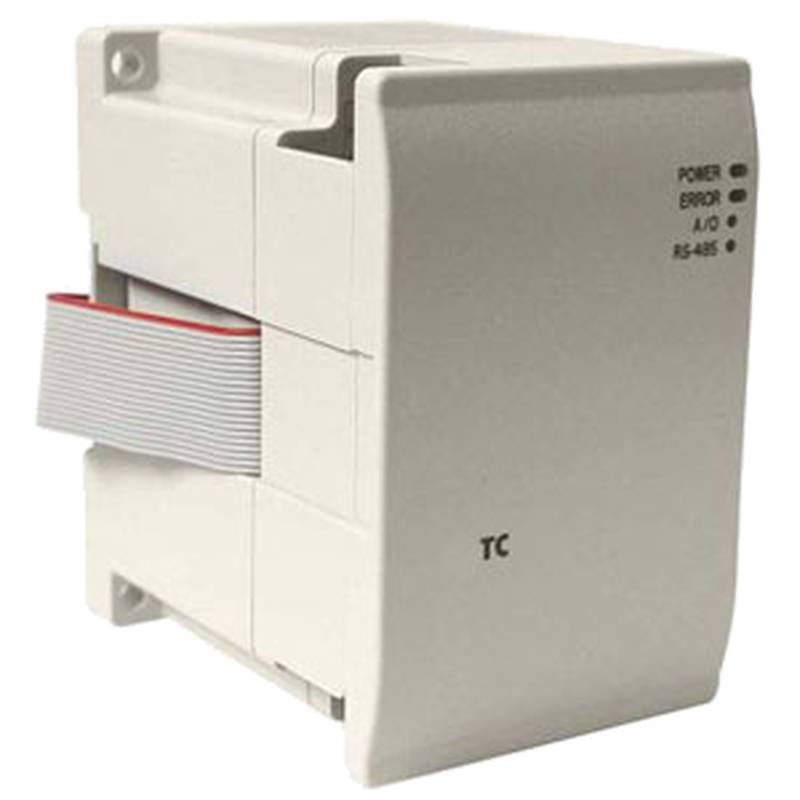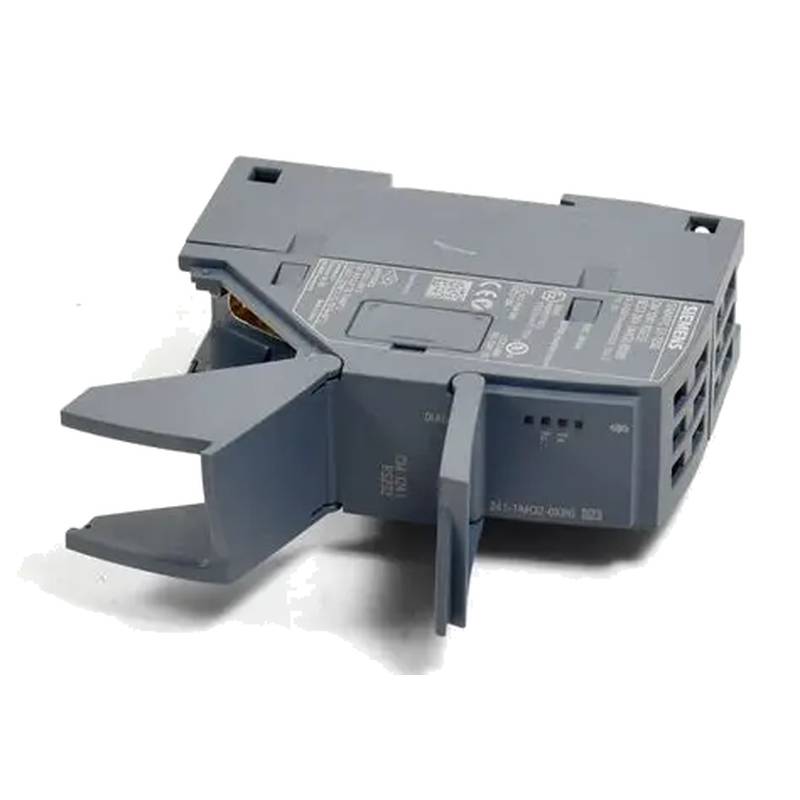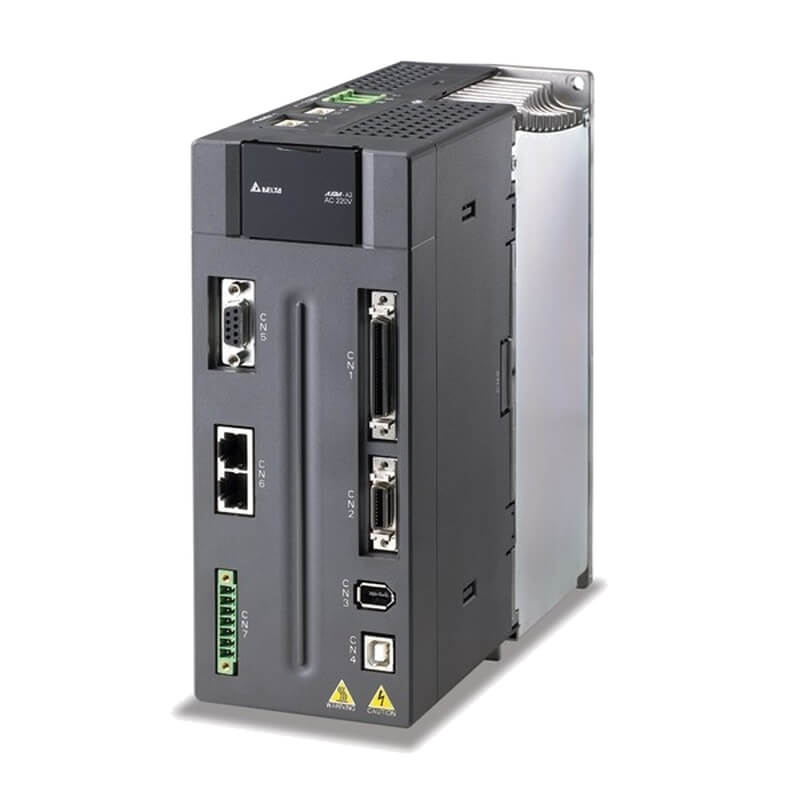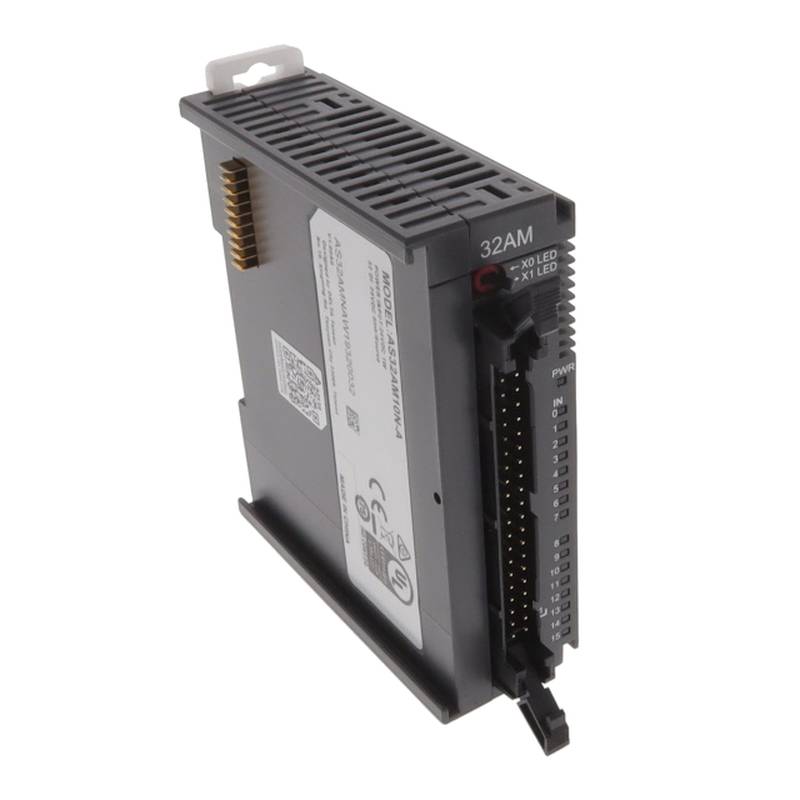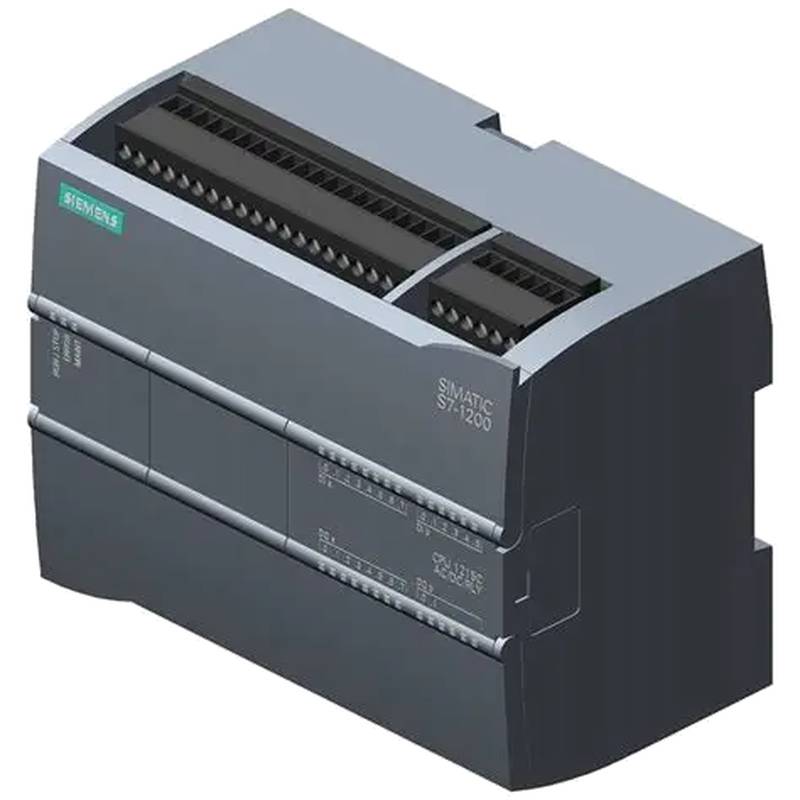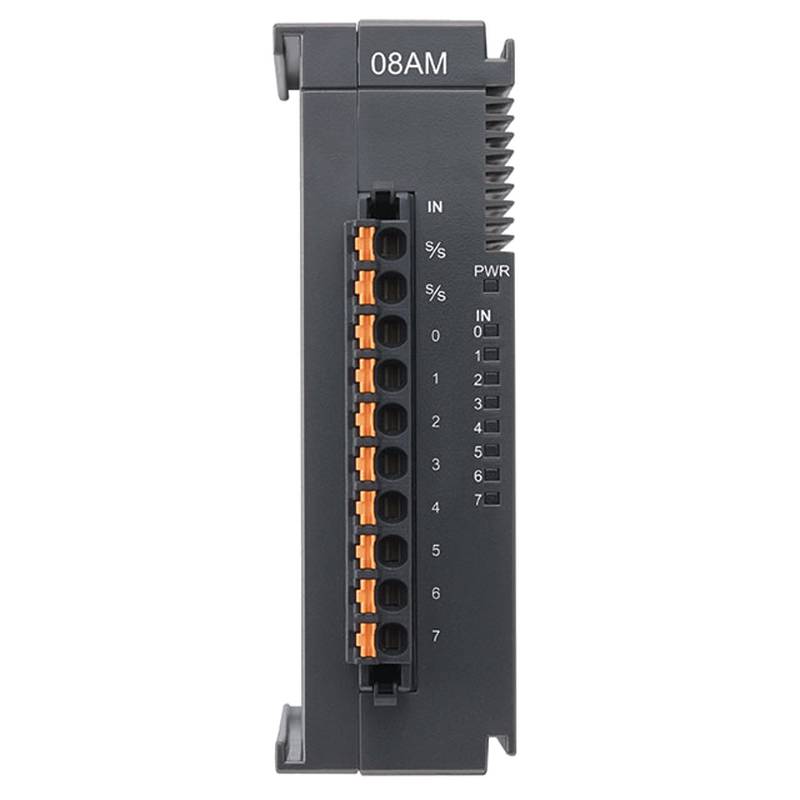
The Delta DVP04TC-H2 EH3 is a high-performance 4-channel thermocouple temperature detection module designed for demanding industrial automation applications. This module offers exceptional accuracy, rapid response times, and robust connectivity, making it an indispensable component for precise temperature monitoring and control in diverse manufacturing environments. Its ability to handle multiple thermocouple types (K, J, T, E, R, S, B, N) across four independent channels, coupled with its compact design and seamless integration capabilities with Delta's DVP series PLC systems, positions it as a leading solution for users seeking reliable and efficient thermal management. Key technical parameters include a wide operating temperature range, high resolution, and fast conversion speeds, ensuring data integrity and operational efficiency.
Product Specifications
| Feature | Specification |
| :----------------------- | :------------------------------------------------ |
| Module Type | 4-Channel Thermocouple Temperature Detection |
| Supported Thermocouples | K, J, T, E, R, S, B, N |
| Input Channels | 4 |
| Resolution | 16-bit |
| Conversion Speed | 200 ms/4 channels |
| Cold Junction Comp. | Automatic |
| Isolation | Photocoupler isolation |
| Power Consumption | 5VDC, 30mA |
| Dimensions (W x H x D) | 79.5 x 90 x 63.5 mm |
| Operating Temperature | 0°C to 55°C (32°F to 131°F) |
| Storage Temperature | -20°C to 60°C (-4°F to 140°F) |
| Ambient Humidity | 10% to 90% (non-condensing) |
| Vibration Resistance | IEC 61131-2 compliant |
| Ingress Protection | IP20 |
| Communication Interface | Compatible with Delta DVP series PLC |
Core Features & Market Positioning
The Delta DVP04TC-H2 EH3 distinguishes itself through its advanced cold-junction compensation, ensuring highly accurate temperature readings irrespective of ambient variations. Its 16-bit resolution provides granular data, crucial for applications requiring precise thermal control. The module's rapid 200 ms conversion speed for all four channels minimizes latency, enabling dynamic process adjustments and preventing thermal runaway. Market positioning is solidified by its seamless integration within the Delta DVP ecosystem, offering a cost-effective yet powerful solution compared to standalone temperature controllers, especially when paired with other Delta automation components. The photocoupler isolation further enhances system reliability by protecting the PLC from electrical noise and transients.
Key Application Scenarios
This thermocouple module finds extensive use in industries where accurate and rapid temperature monitoring is paramount. Sectors such as plastics and rubber manufacturing rely on it for extruder barrel and mold temperature control. The food and beverage industry utilizes it for oven and pasteurization process monitoring. In the chemical and pharmaceutical sectors, precise temperature regulation is critical for reaction vessels and drying equipment. Furthermore, it is applicable in environmental testing chambers, metal heat treatment, and power generation systems for monitoring critical component temperatures. The ability to support multiple thermocouple types broadens its applicability across diverse thermal ranges and chemical compositions.
Practical System Integration Guidance
Integrating the Delta DVP04TC-H2 EH3 into a DVP series PLC system is straightforward. The module typically mounts on a standard DIN rail and connects to the PLC's expansion bus. Wiring involves connecting the thermocouple leads directly to the module's screw terminals, ensuring correct polarity for each thermocouple type. For instance, a Type K thermocouple (Chromel-Alumel) requires connecting the positive lead to the 'K+' terminal and the negative lead to the 'K-' terminal. Configuration is performed via the PLC's programming software, such as Delta's WPLSoft. Users will define the module's input type (e.g., K thermocouple), scaling, and any associated alarm conditions within the PLC program. Careful attention to thermocouple type selection in the software is critical for accurate readings.
Operation and Risk Mitigation
Operation of the DVP04TC-H2 EH3 is primarily managed through the connected PLC program. Users define temperature setpoints, control loops (e.g., PID), and alarm thresholds within the PLC logic. Critical fault codes typically relate to thermocouple open circuits, short circuits, or deviations beyond the module's detectable range. For instance, an open circuit on a channel would trigger a specific error flag in the PLC, allowing for immediate troubleshooting. Risk mitigation involves ensuring proper thermocouple installation to prevent damage or misreadings, verifying correct wiring to avoid short circuits, and implementing robust PLC logic that handles potential sensor failures gracefully. Regular calibration and inspection of thermocouples and wiring are also recommended for sustained accuracy and safety.
Scalability & Long-Term Value
The Delta DVP04TC-H2 EH3 offers excellent scalability within the DVP platform. Additional I/O modules, including other analog input/output and digital modules, can be easily added to the PLC's expansion bus to accommodate growing system requirements. Its compatibility with the broader DVP series ensures that it can be integrated into existing Delta PLC networks, providing a clear upgrade path without requiring a complete system overhaul. For organizations embracing Industry 4.0 initiatives, the data from the DVP04TC-H2 EH3 can be readily collected and analyzed via SCADA systems or cloud platforms, facilitating predictive maintenance and process optimization through IIoT integration. This future-proofing capability enhances its long-term value proposition.
Frequently Asked Questions (FAQs)
What thermocouple types does the Delta DVP04TC-H2 EH3 support?
The module supports a wide array of thermocouple types, including K, J, T, E, R, S, B, and N. This broad compatibility allows it to be used in diverse industrial applications with varying temperature ranges and environments. It ensures flexibility in sensor selection based on specific process needs.
Each supported type offers unique characteristics in terms of temperature range, accuracy, and cost. Selecting the correct thermocouple type in the PLC program is crucial for accurate temperature readings. The module facilitates seamless switching between types if process requirements change.
This extensive support minimizes the need for specialized modules, making the DVP04TC-H2 EH3 a versatile solution for multizone temperature monitoring or applications requiring different sensor types.
How do I wire a thermocouple to the Delta DVP04TC-H2 EH3 module?
Wiring involves connecting the thermocouple leads to the corresponding terminals on the module. Each channel has dedicated terminals for positive and negative leads, clearly marked by thermocouple type (e.g., K+, K-). Ensure correct polarity is observed for accurate measurements.
Use appropriate thermocouple extension wire for connections if the sensor is not directly adjacent to the module. Shielded cable is recommended to minimize electrical noise interference, especially in high-EMI industrial environments. Secure all connections to prevent intermittent contact.
Refer to the module's user manual for detailed wiring diagrams specific to each supported thermocouple type. Proper installation is vital for signal integrity and preventing measurement errors or potential damage.
What is the typical conversion speed of the Delta DVP04TC-H2 EH3?
The module provides a conversion speed of 200 milliseconds for all four channels. This relatively fast response time ensures that temperature data is updated frequently, allowing for timely adjustments to process control.
This speed is sufficient for many industrial applications where rapid temperature fluctuations are not the primary concern. It enables effective implementation of PID control loops for stable temperature regulation.
For ultra-high-speed applications requiring sub-millisecond response, other specialized hardware solutions might be necessary. However, for the vast majority of thermal monitoring tasks, the 200ms speed is a significant advantage.














